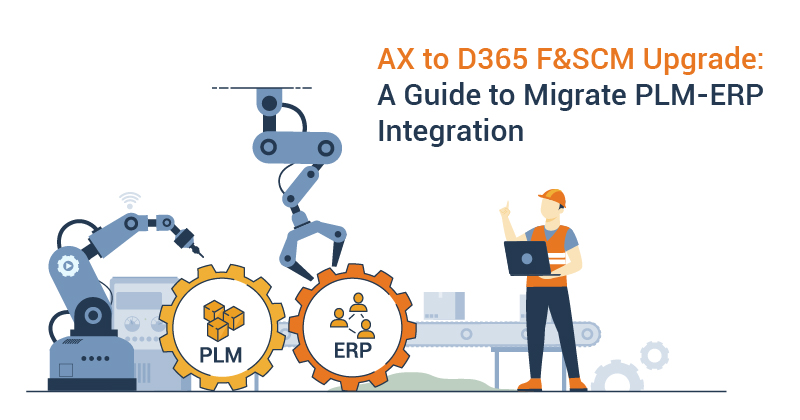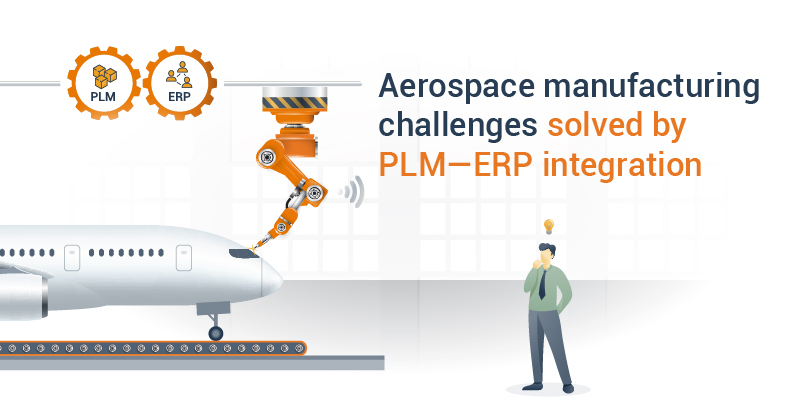We will start what is a complex and multilayered topic by drawing a simple parallel but one that makes a lot of sense in this context. We are sure that most of us would have played the connect-the-dots game when we were younger. What looks like a random collection of dots can result in a detailed picture when a line is drawn through them in the right order. Value chain optimization can be likened to that.
The customer value stream in complex manufacturing projects with high engineering content includes many stakeholders, with each seeking a different value. There are levels to the project and to get any order in place, you will need to stratify customers to identify the values they share. When we talk about projects, it is possible that you can leverage some value from past work when the project follows a repetitive process. When the common factors are identified, then it makes it easier to visualize a clearer path for the unique elements in new projects and new customers. This is the first step in preparation for the lean journey.
Here are the steps that comprise a lean journey:
-
Identify customer level value: Logically speaking, this should be the starting point of the journey. It will ensure that you focus on identifying the customers and then pinpoint their value streams. You can be sure that in any project, you can understand the complex interlinks there are between different stakeholders and customers and how this needs to be balanced.
-
Analyze and map the value stream: The idea behind this step is to go beyond a PERT network or a GANTT chart and billable activities. But it is going beyond that to look at minute tasks that may not even show up in a chart of activities. Carrying out such in-depth analysis and mapping will help you understand which tasks produce results and which ones are being done because they are a habit rather than a necessity. This will enable the flow of activities supporting stakeholders’ priorities. The pull and flow analysis will ensure that unnecessary or unproductive steps are removed.
-
Identify the value to stakeholder: This step may seem like a given, but you would be surprised how contradictory and contrary the value for stakeholders can be. It is an important step and needs to be done with a lot of empathy and visualization. Once you do, you will realize that no project can meet the value of all stakeholders completely, but you can create acceptable value levels with each stakeholder.
-
Ensure the delivery of value to each stakeholder: As we said earlier, while it may not be possible to ensure complete value to each diverse stakeholder, you need to identify the value that the stakeholder will accept. The project planning and value stream should include these factors to ensure that you complete the project on time and deliver value to all stakeholders—both internal and external. Alternatively, communicate the information about the compromises decided, before the work commences.
-
Align sales and project: In project-based companies, the link between the project execution and sales is vital to enable the sustainability of customer value. The thing is sales is just not limited to the level of signing the contract but happens at every level of customer interaction throughout the life of the project. The more consistent the objectives of people in sales and project are, the better will they be able to engage with customers, and this ensures better delivery of value to customers.
-
Technology and insights: When you look at the complete value chain, you will realize that technology and insights at every level are the overarching features that enable the delivery of value at every level of the project. Business intelligence strengthens technology to deliver value at every level to all stakeholders. The use of a WBS allows users to get buy-in from the stakeholders staving off the need for firefighting to resolve issues.
Click here to learn how To-Increase RapidValue BPM Suite can help your company create a lasting alignment of your business roles, processes, and technologies with company strategy and achieve successful, strategic ERP implementations and optimize processes for best outcomes.




